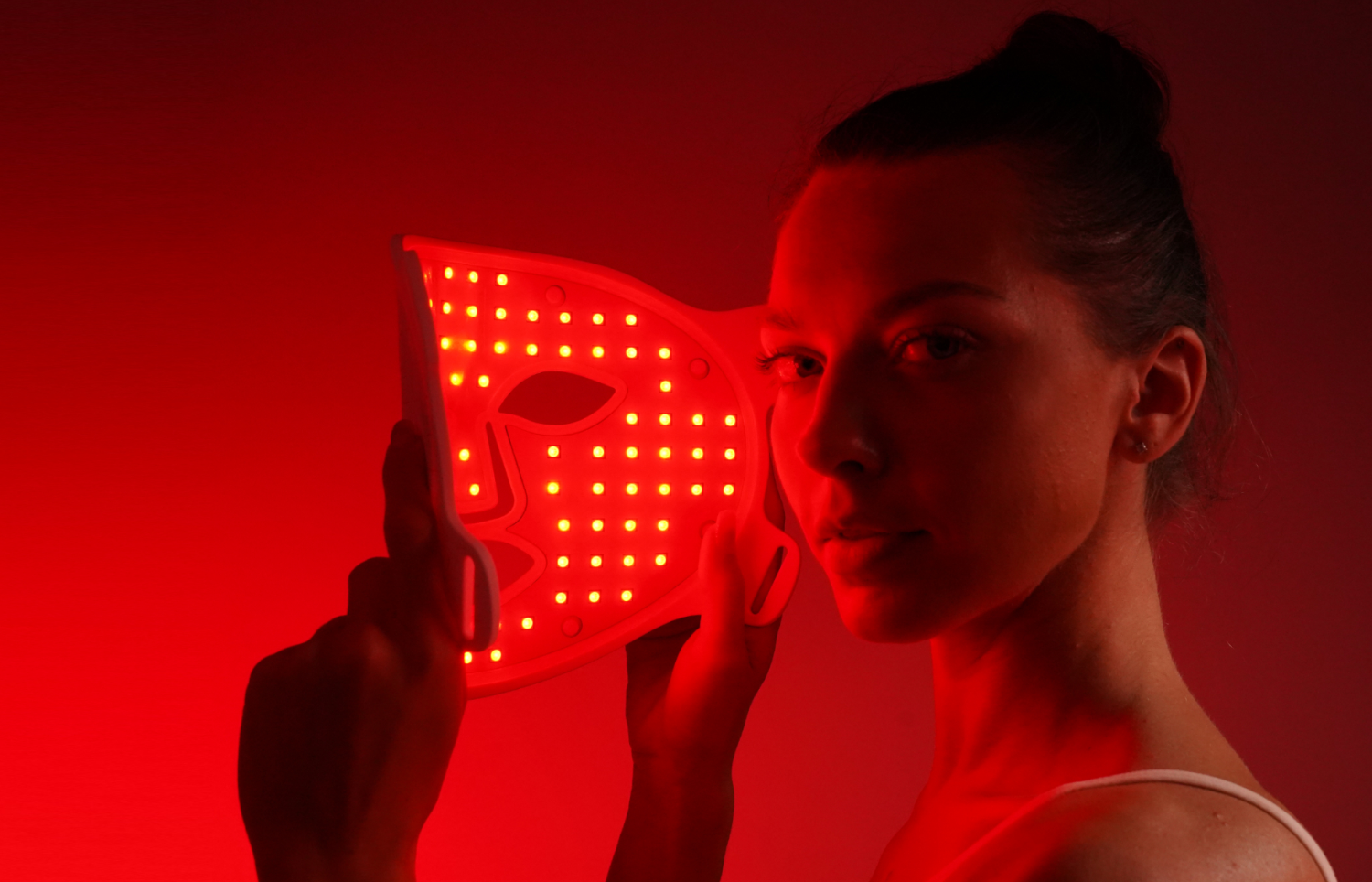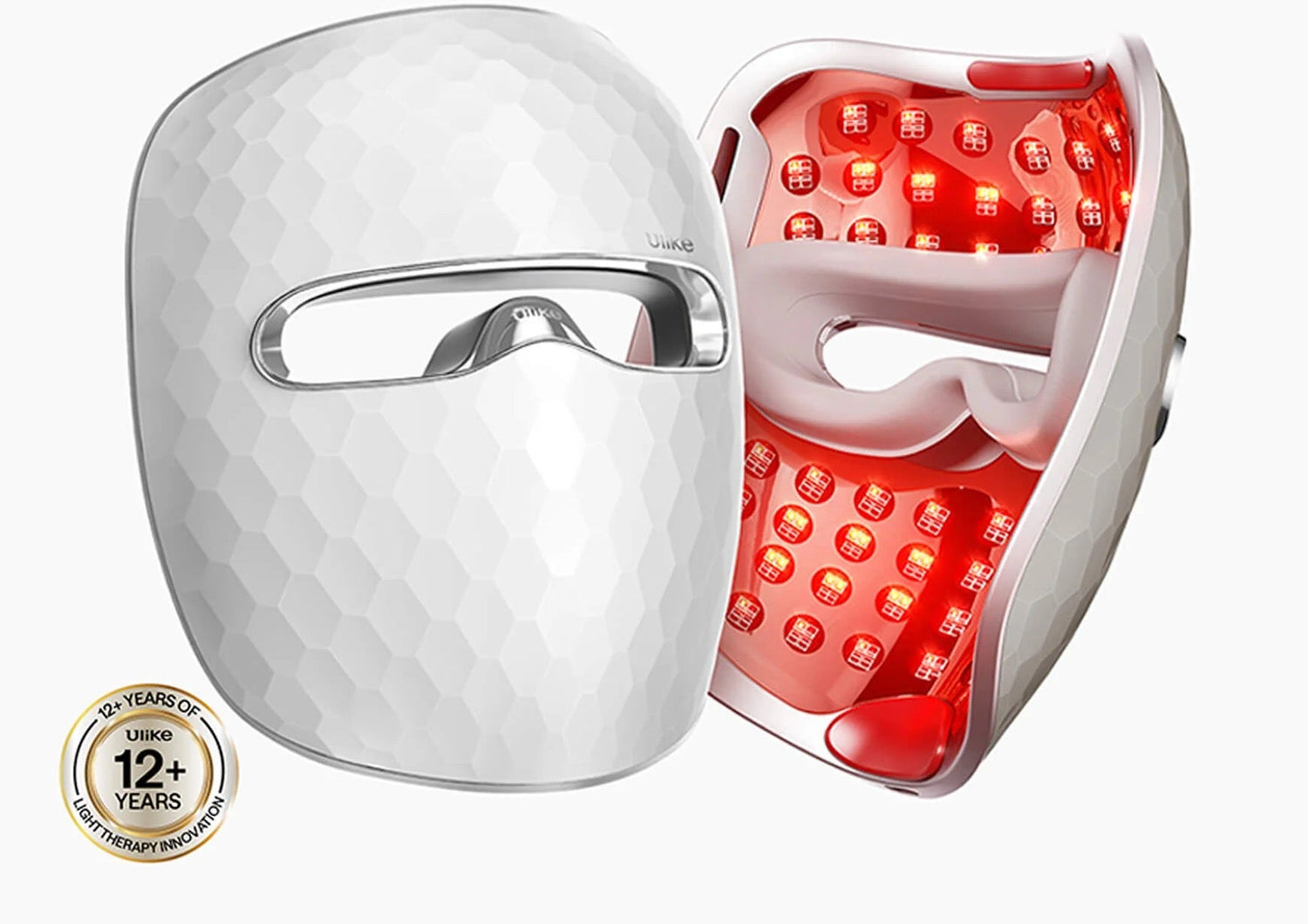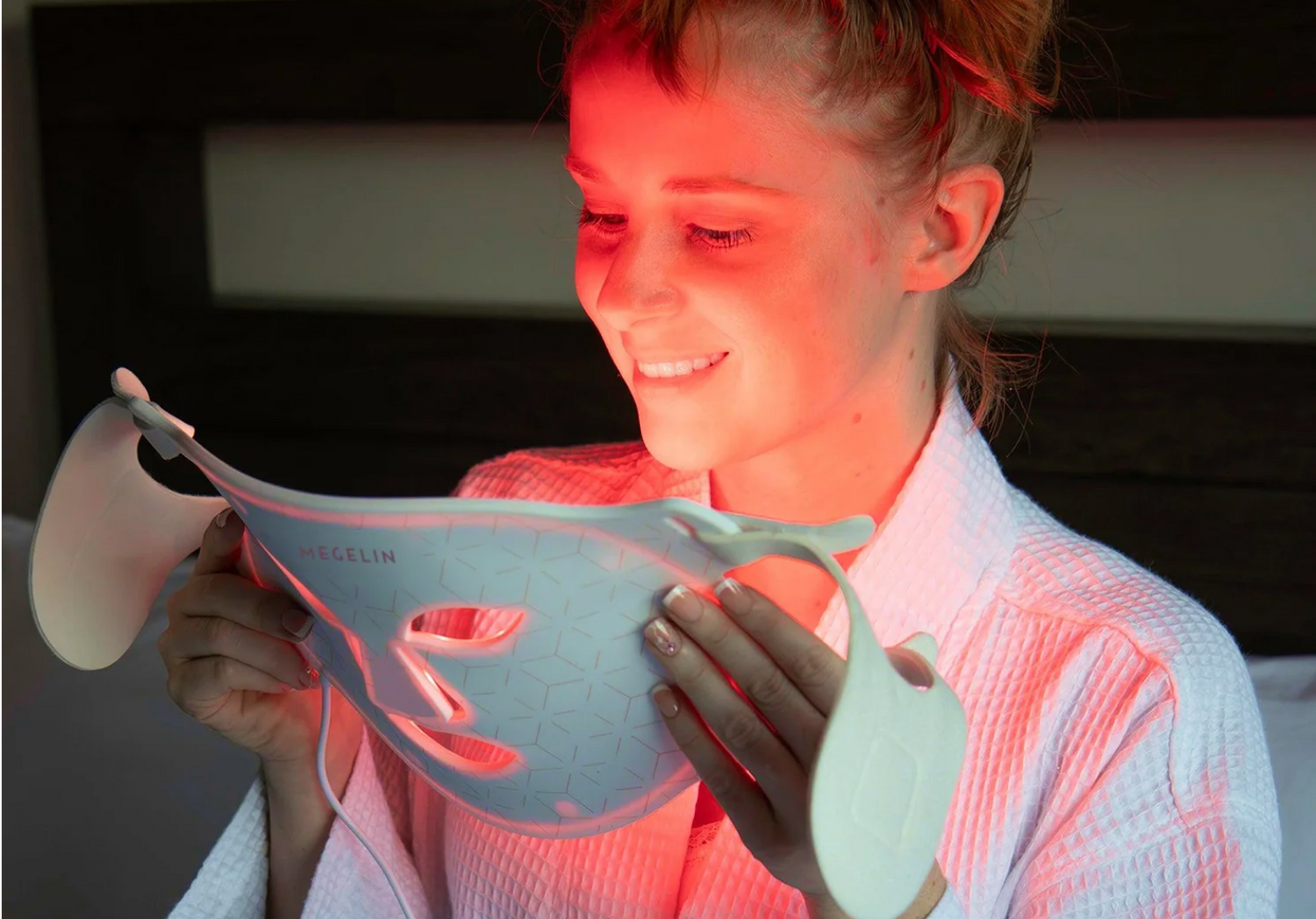
How Red Light Therapy Enhances Fertility: A Comprehensive Guide
Can red light therapy boost fertility? This innovative treatment has gained attention for its potential to enhance reproductive health in both men and women. Red light therapy fertility applications harness specific wavelengths of light to stimulate cellular energy production, offering a promising avenue for those struggling with infertility. As couples increasingly seek alternative methods to improve their chances of conception, understanding the science behind this non-invasive approach has become crucial.
Red light therapy's influence on fertility extends to various aspects of reproductive health. For women, it may improve egg quality, regulate menstrual cycles, and enhance uterine receptivity. Men may benefit from improved sperm quality and motility. This comprehensive guide explores the mechanisms of red light therapy, its applications in fertility treatment, and practical tips for implementing it at home or in clinical settings. By examining the latest research and expert insights, we aim to provide a thorough understanding of how red light therapy can potentially revolutionize fertility treatments and offer hope to those on their journey to parenthood.
Understanding Red Light Therapy
Red light therapy, also known as low-level laser therapy (LLLT) or photobiomodulation therapy (PBM), is a non-invasive treatment that uses specific wavelengths of light to stimulate cellular processes within the body [1]. This innovative approach harnesses light within the visible spectrum, ranging from 620 nm to 750 nm, which features longer wavelengths and lower energy compared to other light therapy modalities [1].
The therapy involves exposing the body to low-level, non-thermal red or near-infrared light wavelengths. These wavelengths have the ability to penetrate the skin, muscle, and even bone, interacting with cells to trigger a series of beneficial responses [2]. The primary goal of red light therapy is to promote healing, reduce inflammation, and enhance energy production at the cellular level.
How Red Light Therapy Works
The mechanism behind red light therapy centers on its impact on cellular energy production. When specific wavelengths of light (between 600nm and 850nm) are transmitted externally to the mitochondria, it leads to improved function and ATP production [3]. This process, known as photobiomodulation, occurs at the cellular level and has far-reaching effects on the body's overall health and function.
At the heart of this process is the mitochondria, often referred to as the "powerhouse" of the cell. These organelles are responsible for producing adenosine triphosphate (ATP), the energy currency of cells [3]. Red light therapy stimulates the production of ATP, which is crucial for optimal cellular function, including those involved in reproduction [2].
The therapy works by:
- Activating cytochrome c oxidase, which increases mitochondrial electron transport [4].
- Inducing a cascade of events that result in the production of reactive oxygen species (ROS), nitric oxide (NO), and reactive nitrogen species [4].
- Upregulating specific substrates and inhibiting others, which affects healing processes [4].
- Stimulating collagen production and upregulating various growth factors [4].
- Downregulating inflammatory cytokines [4].
These cellular responses collectively contribute to the therapy's ability to accelerate wound healing, reduce pain and inflammation, and potentially improve various health conditions, including fertility issues [4].
Types of Red Light Used
Red light therapy utilizes different types of light, each with its unique properties and applications:
- Red Light (620-750 nm): This visible light is often used for superficial treatments and has been shown to be effective in stimulating the mitochondria of Sertoli cells in male fertility treatments [3].
- Near-Infrared Light (750-950 nm): This type of light has deeper tissue penetration and is particularly useful for treating internal organs like ovaries and the uterus in female fertility applications [3].
Specific wavelengths that have been studied and used in red light therapy include:
- 660 nm: Deep red LED light, useful for improving circulation and treating inflammation [1].
- 808 nm: Infrared laser light, effective for deeper tissue healing [1].
- 830 nm: Near-infrared light, studied for its effects on female fertility due to its superior penetration capabilities [3].
The choice of wavelength and device depends on the specific treatment goals and the target tissue depth. For instance, the vSculpt device uses a combination of red (662 ± 20 nm) and near-infrared (855 ± 30 nm) LEDs for treating various women's health issues [4].
In clinical settings, practitioners often use Class 3b and Class 4 therapeutic laser equipment to deliver the optimal light for fertility treatments [5]. These devices can provide a range of wavelengths between 600nm and 1,000nm with therapeutic power outputs ranging from 960mW to 15W [5].






